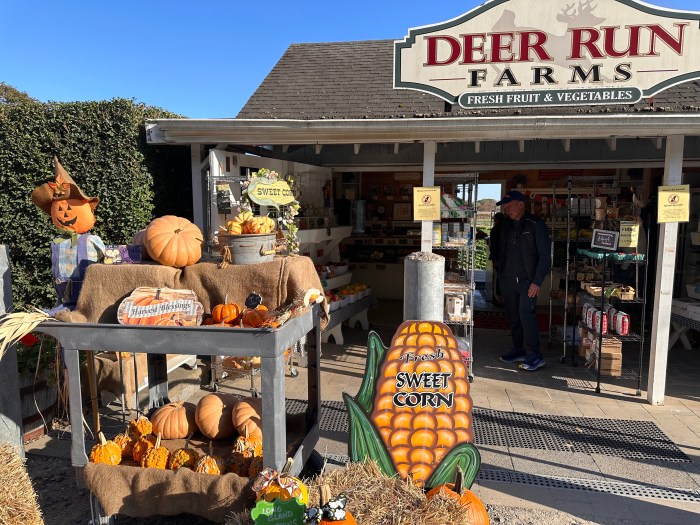Fueled by selfie culture and ignorance about nature, opportunities for the perfect picture or the chance to be a hero seem to make tourists a little braver as they continue to get too close to wild life, putting both themselves and animals in danger.
In a piece titled “The Dark Side of Trendy Animal Photos,” National Geographic wrote, “Social media has changed the landscape, making exotic animals seem adorable and acceptable, but what you don’t see is the suffering that lies behind the images.”

However the problem doesn’t only lie with camera wielding tourists. People often come across animals they perceive to be in danger and choose to take matters into their own hands. In the last year alone, numerous accounts of humans interacting inappropriately with wild animals has led to both death and
serious injury among both humans and wild animals.
Last year in Yellowstone National Park a bison calf was euthanized after two tourists pulled it into their car and brought it to a ranger station because they believed the animal to be cold. The calf had to be killed after being abandoned by his herd and “causing a dangerous situation by continually approaching people and cars along the roadway,” said the National Park Service.
In that same season at Yellowstone, the National Park Service reported multiple cases where animals became violent after tourists wandered too close for a picture. One victim was a 16-year-old exchange student who was gored by a bison while posing for a photo. Another was a 43-year-old from Mississippi who eventually turned her back on a bison less than 10 feet away. The animal lifted the mother off the ground and tossed her into the air. Fortunately she didn’t sustain any serious injuries.
A growing issue seen around the globe, people aren’t the only ones who suffer from photo seeking tourists; instances of animal harassment have been noted in various places. This past January, a baby dolphin was killed after being pulled out of the oceans of San Bernardo in Argentina so tourists could pet and pose with it for pictures.
This was the second time this happened in Argentina in the past year, with the first incident including an endangered La Plata dolphin. “La Plata dolphins — also known as Franciscana dolphins — are only found in Argentina, Uruguay and Brazil, and fewer than 30,000 of them remain in the wild,” according to the Argentine Wildlife Foundation.
Commenting on the incident, National Geographic wrote, “The International Union for Conservation of Nature, which sets species’ conservation status, lists the La Plata dolphin as vulnerable to extinction, protecting it from hunting and capture in Argentina — but not from people passing one of them around until it died from dehydration.”
Though the list goes on, one should take his or her own backyard into consideration. Over 330 bird species, 30 species of mammals and 30 species of reptiles and amphibians visit or call the Fire Island National Seashore their home. It’s important to understand that as we explore our shores, we also are entering into the home of nearly 400 different species of wildlife and should do so like a polite guest. It is the responsibility of visitors to respect, protect and educate themselves on the wildlife surrounding them.
Elizabeth Rogers, Public Affairs Specialist for Fire Island National Seashore, encourages beach goers to steer clear of wildlife, saying, “Being hands off doesn’t mean we don’t care. It means that we can help keep ourselves and wild animals safe by observing them from a safe distance and reporting our sightings to the proper authority. I once read a great article about keeping wildlife wild in which the author wrote, ‘the greatest gift we can give wildlife is their space.’”
This article was originally published under the title “#AnimalHarrassment” on page 38 in the print edition of the Fire Island News on July 7, 2017.




























